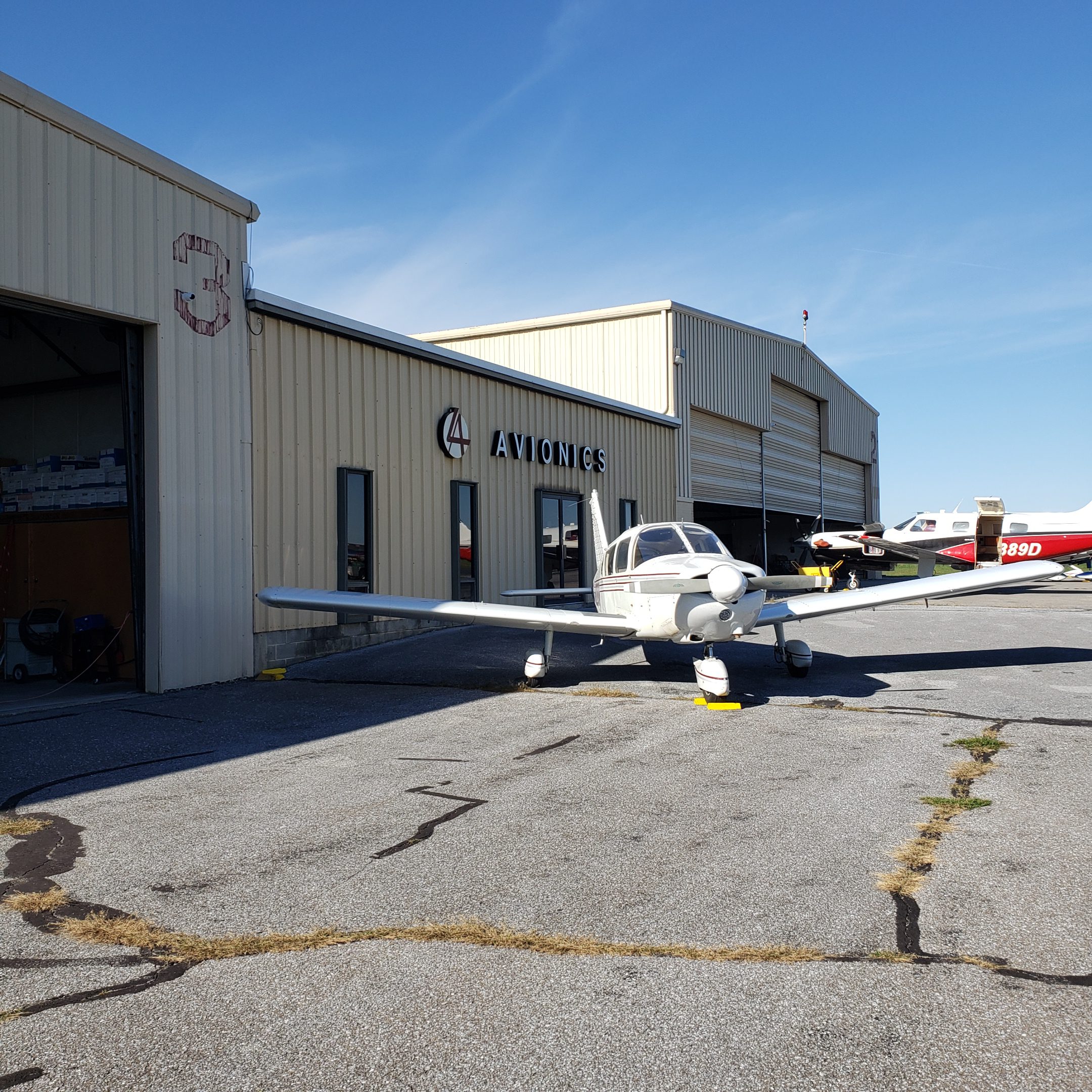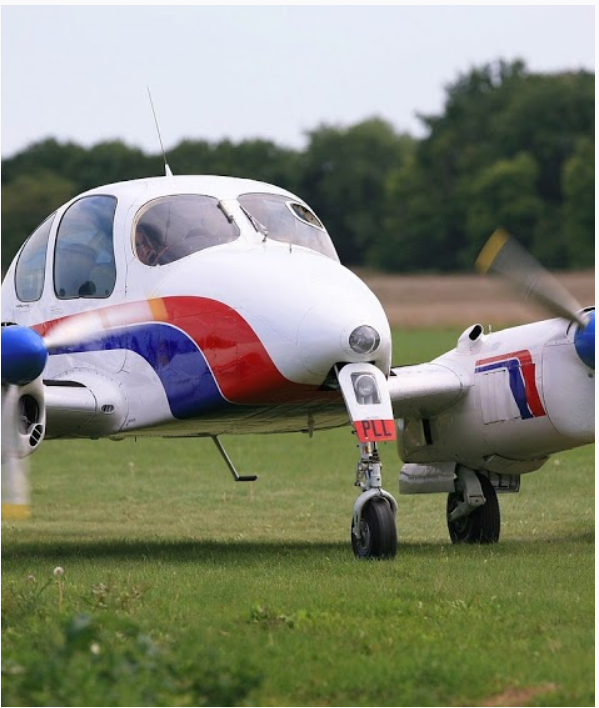
Contact Information
Phone: (717)569-1953
Fax: (717)569-1722
Email: sales@lancasteravionics.com
Hours of Operation
Monday thru Friday 8:00 am to 4:30 pm
Lead Times
Typical lead time for installation work can vary depending on workload and equipment availability from the equipment manufacturer. This translates from 3 weeks to as much as 3 months or more. Please contact us for up-to-date information.
Payment
We accept VISA, Mastercard, and American Express, personal/business checks, and cash. Open accounts are for day-to-day repairs NOT installation work. Quotes are provided with discounts offered for cash/check customers.
